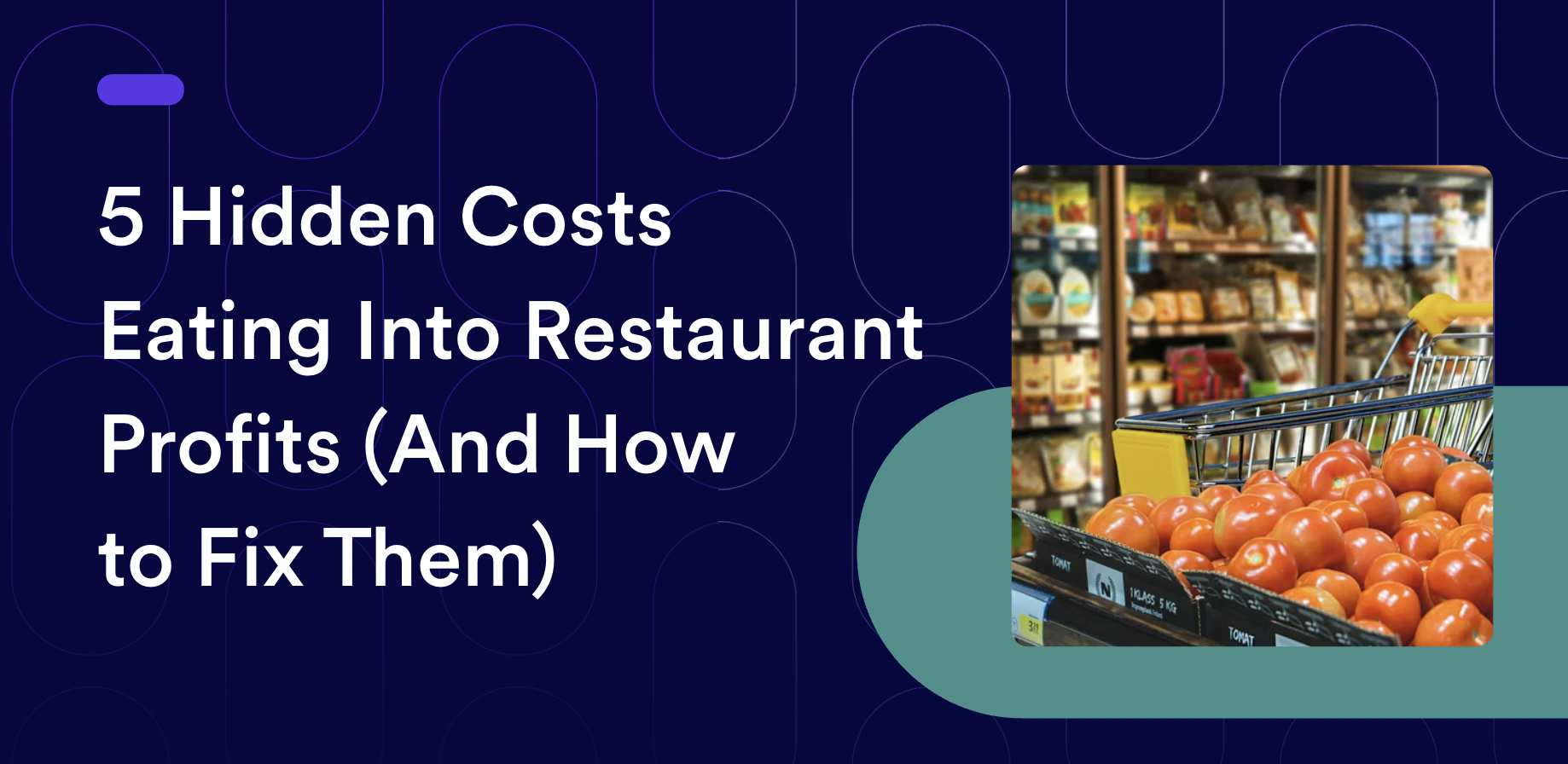Assuming a 100% yield on ingredients is like navigating a kitchen blindfolded – it's a recipe for disaster. The repercussions of inaccurate yield assumptions reverberate beyond the cutting board, impacting chefs' ability to make well-informed financial decisions.
In this blog, we unravel the complexities of ingredient yield and shed light on four critical factors that often go unnoticed. From waste and shrinkage to trimming and quality, each element plays a pivotal role in the true cost of an ingredient.
4 factors that impact ingredient yield.
1. Waste
Picture the ubiquitous onion – a kitchen workhorse. It arrives with layers of potential flavor, but assuming a 100% yield ignores the peeling and inevitable waste from trim and clean up. That seemingly insignificant portion adds up in terms of volume and cost.
Example: Red onion invoiced at $1.23/lb could cost $1.57/lb with a 78% yield factored in after peeling.
Ignoring this real-world challenge when assuming a 100% yield can throw off inventory management, distort cost calculations, and lead to financial inaccuracies in the back of the house.
2. Shrinkage
From leafy greens wilting away to grains expanding, every ingredient has a shrinkage story,
Ingredients transform during cooking, losing moisture, weight, and sometimes, some of their former selves. Poultry, for instance, experiences shrinkage due to moisture loss, which translates into a significant difference between raw and cooked weights.
Example: A chicken breast might shrink by 20% during cooking, leading to yield loss.
3. Trimming
Every vegetable, herb, or piece of meat requires a bit of artistic trimming.
Whether it's removing fat from meat, peeling potatoes, or trimming carrots, every action in the kitchen contributes to loss. Disregarding these factors when assuming 100% yield creates a gap between theoretical cost projections and the real costs incurred during actual kitchen operations.
Herbs are a prime example, where picking leaves or removing stems might result in a surprising reduction in overall yield.
Example: A bundle of mint priced at $10.00/lb might soar over $20.00/lb with just a 50% yield after picking leaves for a salad and discarding the stems.
4. Ingredient Quality
Whether it's the irregular shapes of fresh produce, the marbling of meat, or the nuanced flavors of spices, assuming a universal 100% yield ignores the realities of each ingredient.
Consider the tomato, a staple in kitchens worldwide. Variations in size, ripeness, and imperfections contribute to trimming loss – the parts discarded during preparation. Assuming a 100% yield overlooks these imperfections, leading to inaccurate cost projections.
Example: A 25-pound crate of Roma tomatoes priced at $35 may result in a 5% yield loss from imperfections and cost $2 extra
For meat, with its diverse cuts and marbling, assuming a uniform yield doesn't consider factors like fat content, connective tissue, or variations in the butchering process. A chef assuming 100% yield may experience a higher cost per serving.
By assuming 100% ingredient yield, then you'll end up with:
- Unrealistic Cost Projections: Restaurants and chefs often work within tight budgets. Incorrect cost assumptions can affect financial planning and resource allocation, potentially leading to financial strain.
- Lower Menu Profits: Chefs need to consider the actual cost of ingredients to determine menu prices that cover all expenses and contribute to profitability. Ignoring yield loss can result in inaccurate pricing and financial challenges.
- Unnecessary Food Waste: Accurately calculating yield is also essential for sustainability efforts. Understanding the quantity needed helps minimize unnecessary food waste and contributes to environmentally friendly practices.

For these reasons, using tools like meez, which considers ingredient yield and preparation losses for 2,500+ ingredients, can significantly enhance the accuracy of cost calculations in a kitchen.
This leads to better financial planning, improved menu pricing, and more efficiency in the kitchen.

%20(2).png)





